Although there has been a lot of craziness this year, my 2020 bingo card certainly didn’t have “Southwest Airlines Considering Ordering Airbus Aircraft” on it. Southwest has operated exclusively Boeing 737 aircraft for decades, and no one has ever expected them to alter course. The airline has been banking on the Boeing 737MAX series as the replacement for their fleet of 737NG aircraft.
But that idea may be changing.
Southwest Considering the Airbus A220-300
The third-quarter earnings call for Southwest produced an interesting tidbit from their CEO and COO: the airline may consider adding the Airbus A220-300 to the fleet. For an airline that has made a point of sticking to a single aircraft type, this is quite a surprise. The C-suite elaborated on the potential move, adding that this may be the most ideal time to consider switching aircraft types, mainly because the need for new aircraft is not imminent, like it was.
The fact of the matter is that the Boeing 737MAX7 and Airbus A220-300 both meet the potential need Southwest has for the 140-150 seat market. Southwest operates their aircraft with a single class of service. The 737-700 offers 143 economy seats. The Airbus A220-300 configured in a 1-class layout would likely be able to accommodate more than this, with SWISS and Air Baltic’s A220-300s each having 145 seats. The larger variant of Airbus’ newest jet easily meets Southwest’s need, at least from a seating perspective.
It seems crazy, though, for Southwest to move away from the Boeing 737. However, the more I think about it, the more merit the idea has. I can certainly see a scenario where Southwest operates a fleet of Boeing 737MAX8 and Airbus A220-300 aircraft in the future. Here are three reasons why I consider the Airbus A220-300 a better choice for Southwest than Boeing’s newest variant.
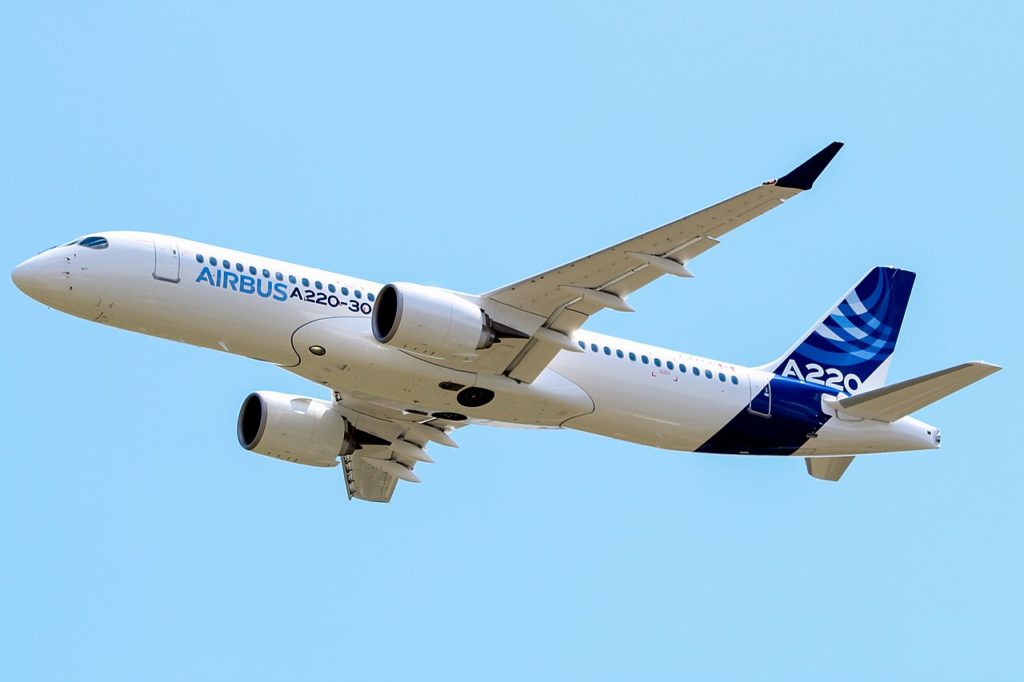
The A220 Offers Better Fuel Economy
Given how competitive the airline industry is these days, aircraft fuel economy is a major concern for airlines. Typically, you want the aircraft with the best fuel efficiency per seat. There are a lot of factors that go into determining the best aircraft for a route, however, as passenger demand, distance, and even airport altitude can be part of the equation.
The fact of the matter is that the A220 outperforms the Boeing 737MAX7 significantly for flights of 750 miles or less. We’re talking nearly 20% fuel savings per seat. The difference between the A220-300 and the 737MAX8 is much less, but the Airbus still wins.
For longer flights of up to 1,150 miles, the A220-300 is still the winner. The aircraft can certainly fly much further, even across the country if needed. But it would be a great option for Southwest on shorter flights.
Cabin Arrangement and Comfort
Southwest’s unique free-for-all boarding process is something people seem to either love or hate. Window and aisle seats get picked up the quickest, leaving middles for the poor souls who have high B or C boarding numbers.
An upside to operating the Airbus A220 is that is offers a 2-3 cabin layout, resulting in far fewer middle seats. This would be a major plus to the overall passenger experience, as both single travelers and travelers with a companion will prefer the pairs of seats.
I’d absolutely pick a 2-3 cabin layout over a 3-3 Boeing 737 layout, pretty much everything else being equal. And given that pretty much everything else is equal with Southwest, the A220 is a better choice from a passenger perspective.
Security in the Event of Crisis
Having all your eggs in one basket is great. Until it’s not. With the 737MAX crisis barely in the rear view mirror (or maybe not…after this year it feels like ancient history), there are certainly reasons why you might want to expand beyond a single aircraft type. If there are significant issues, a large portion of your fleet could be grounded. This would be disastrous for an airline.
The benefits for maintenance and operations that come by operating only one type of plane are numerous. But there is the potential that they could come back to bite you. Having two aircraft types in the fleet would still provide streamlined operations, but it would hedge against disaster should even more issues crop up with Boeing’s newest 737.
We are talking years in the future, however. By then I hope all issues are thoroughly worked out of the 737MAX. I still won’t be hopping on one anytime soon, and I generally have great faith in the safety of air travel.
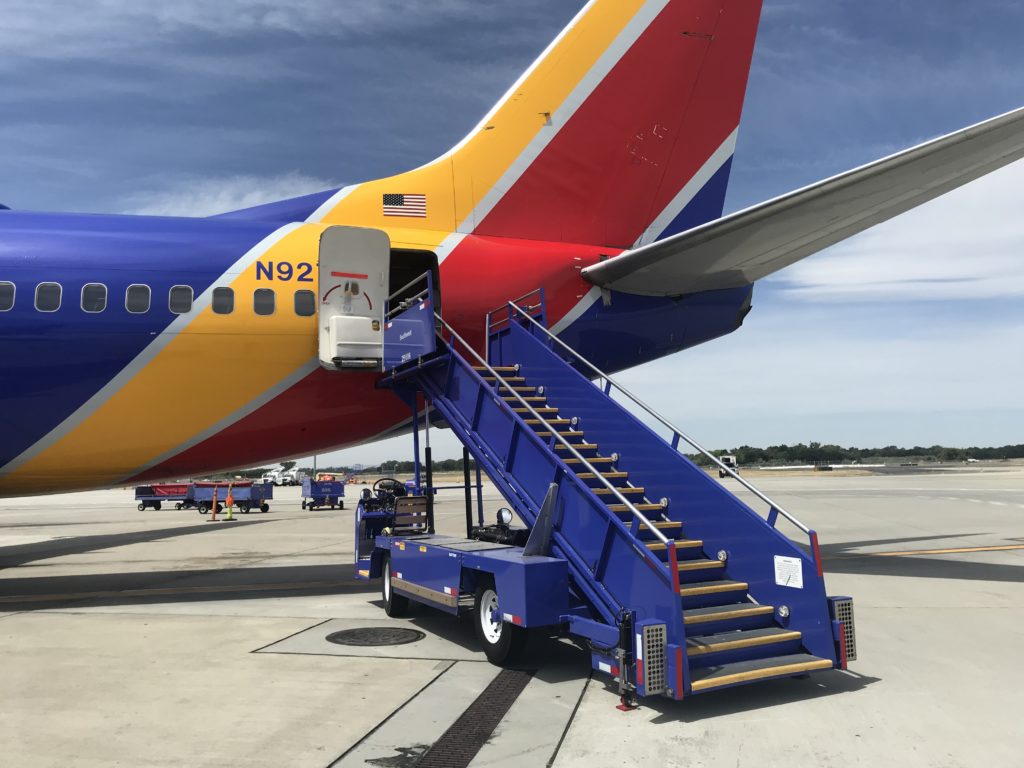
Final Thoughts
The Boeing 737MAX7 and the Airbus A220-300 have nearly the same seat capacity, which is the most important factor for filling out Southwest’s needs. The decision will come down to whether Southwest wants to depart from its single-variant fleet model, which has been a core part of its strategy for a long time. There are some upsides to bringing in the A220, but the change to the unified fleet composition is the primary drawback. There are lots of reasons to keep a single aircraft type, from maintenance to pilot and flight attendant training, to even ground operations. It would also be harder to swap aircraft, if needed, for a particular flight. Moving away from the Boeing 737 airframe would be a huge decision for Southwest.
Fortunately, the airline has years to decide. Travel won’t be returning to pre-pandemic levels anytime soon, and Southwest has no need for new aircraft at the moment.
Personally, I do hope the carrier decides to pull the trigger on the Airbus A220-300. I’ve flown the A220 only once (the -100 variant), and it was a sweet ride. Sure, this was with Delta, which offers at-seat power and IFE screens on this aircraft. It would be cool to see Southwest pull in a new aircraft type after all these years. But I have a feeling they will stay the course with Boeing. But one can still hope!
H/T: One Mile at a Time
Featured image courtesy of Wikimedia user Steve Lynes, cropped and used under CC-BY-2.0 license.

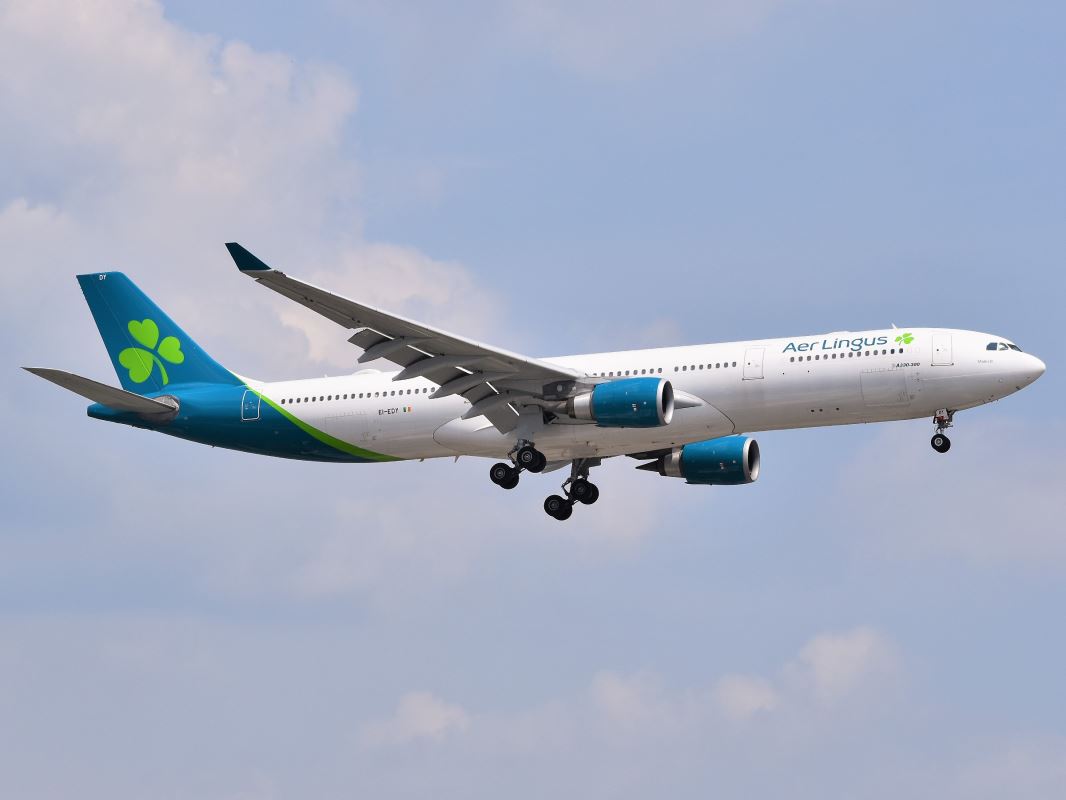


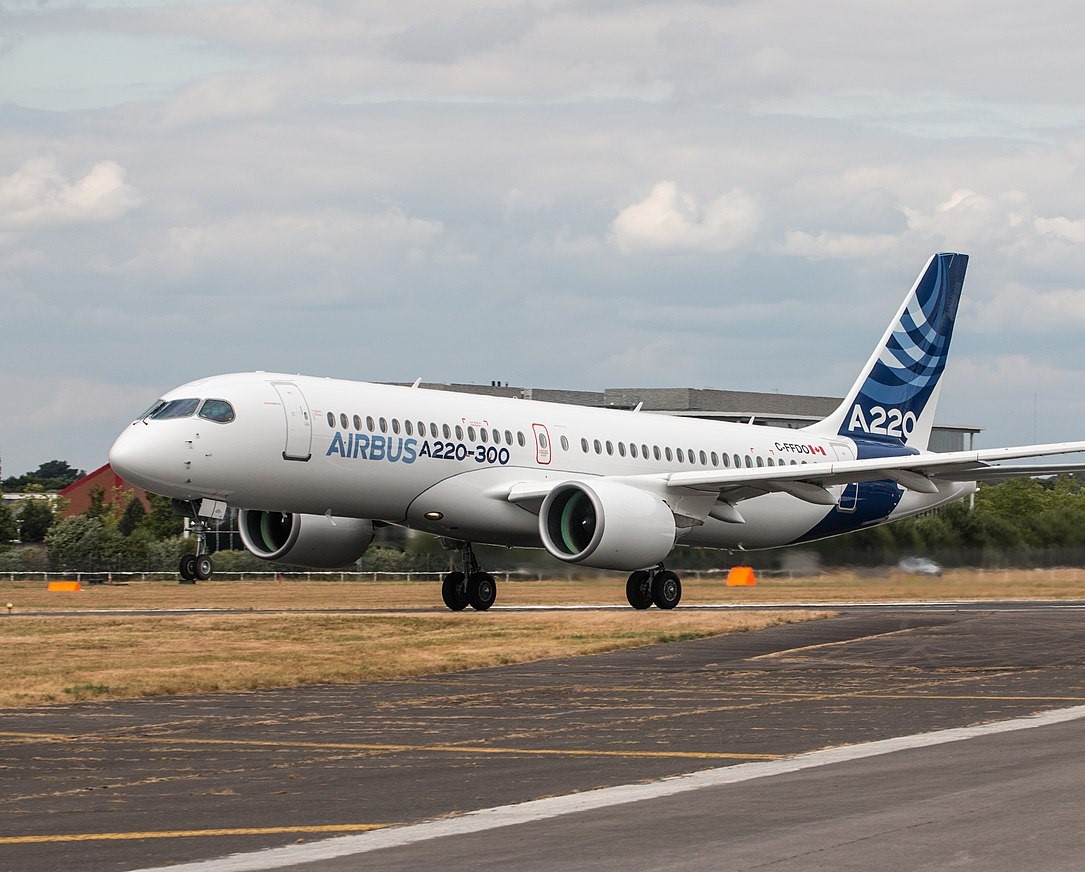
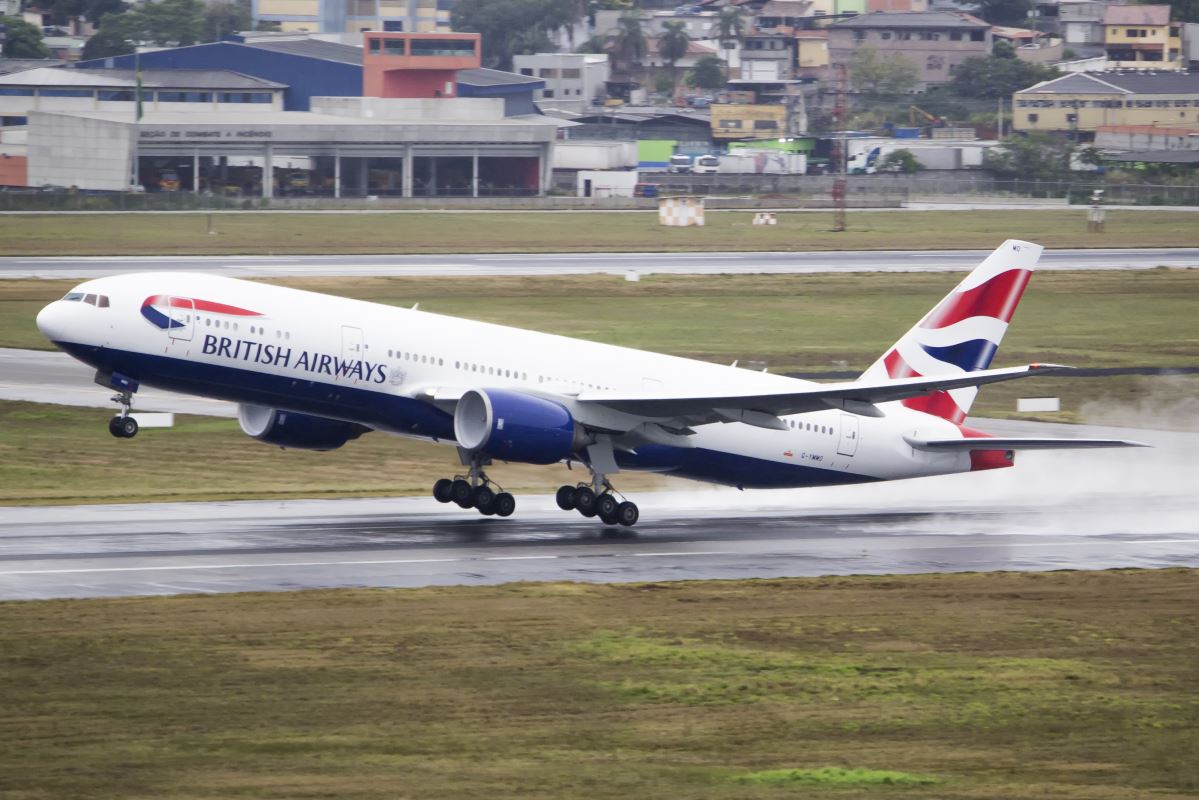
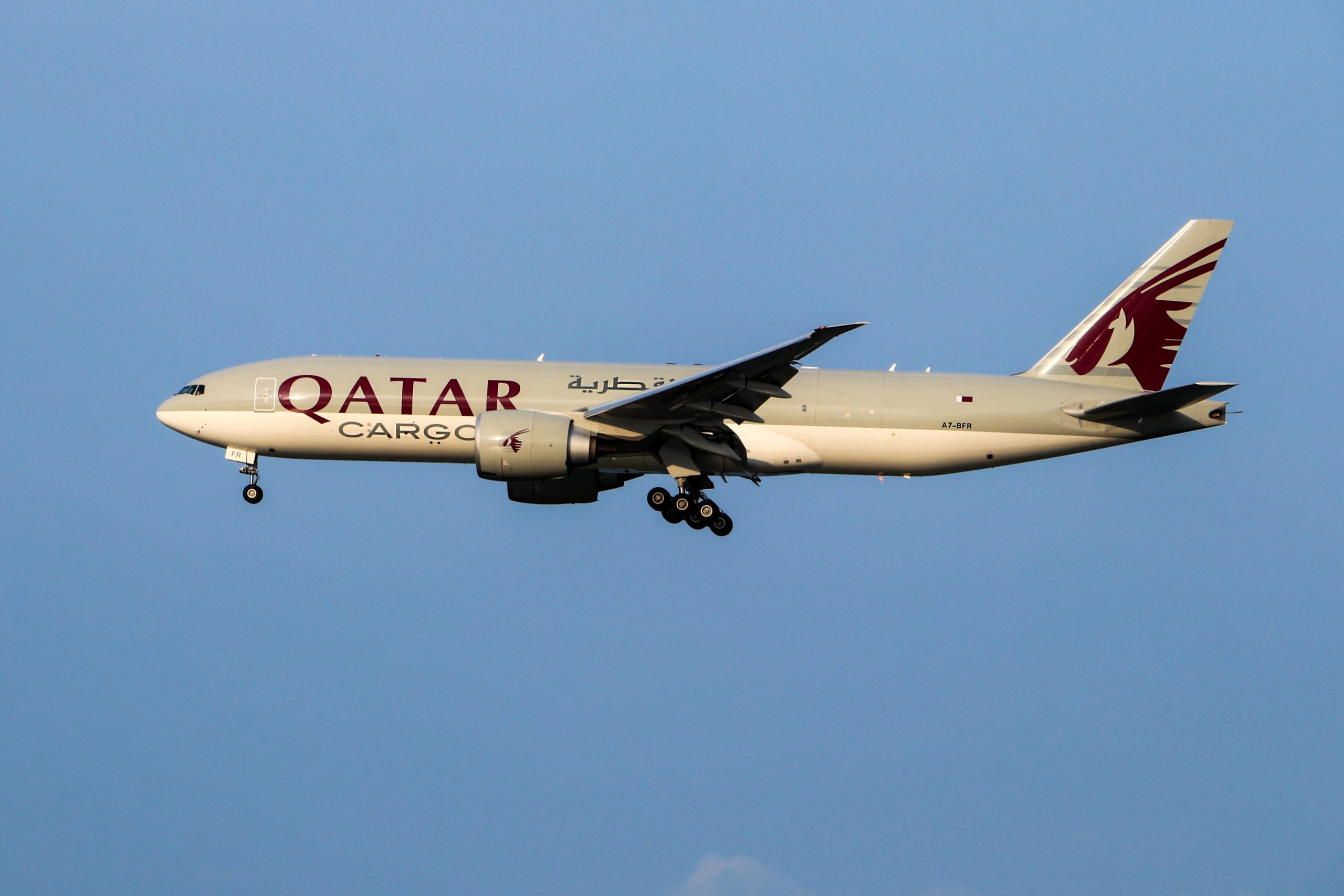
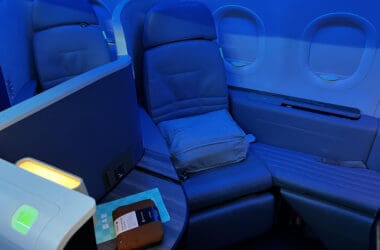
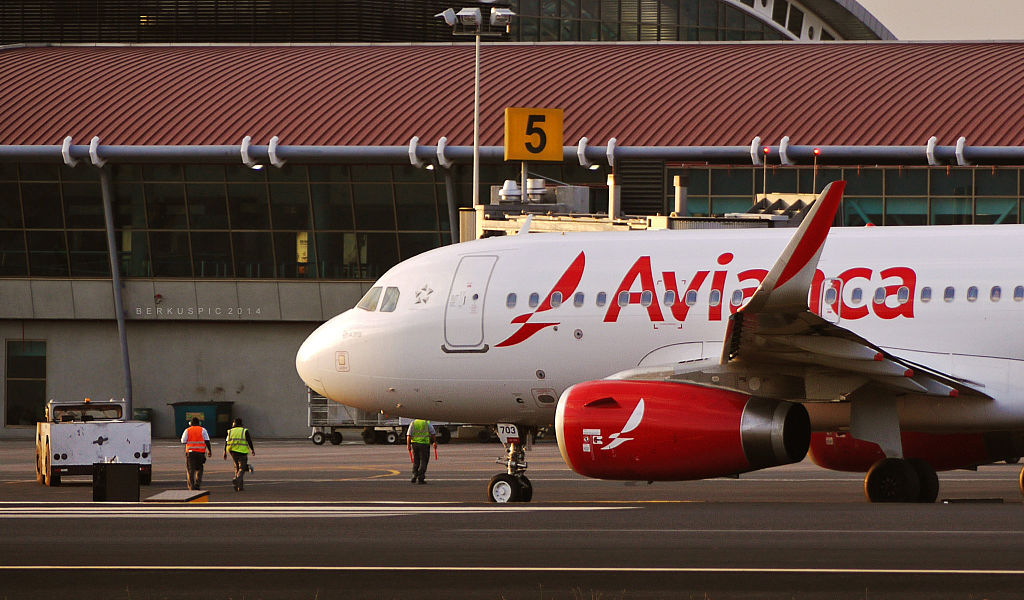


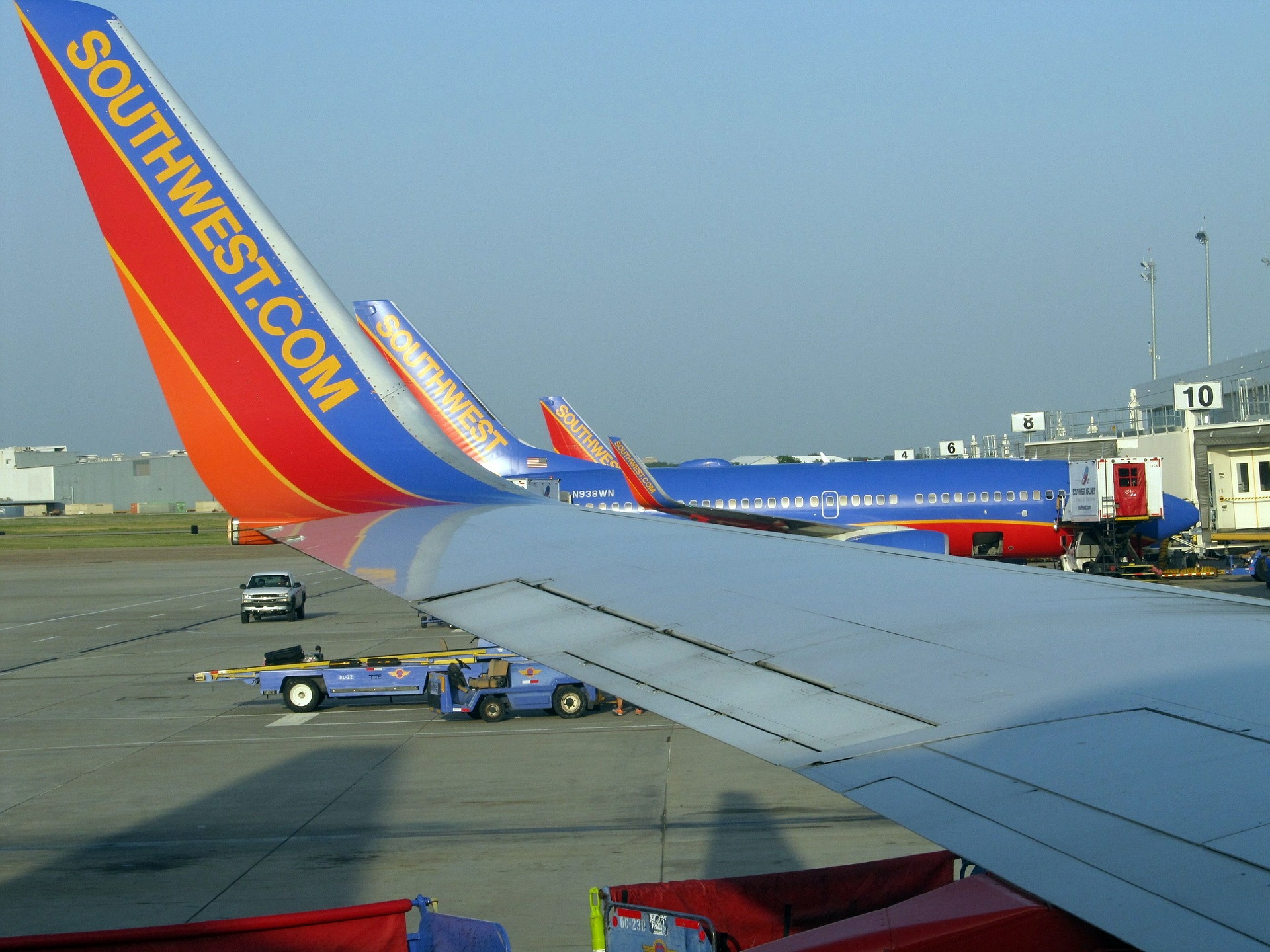
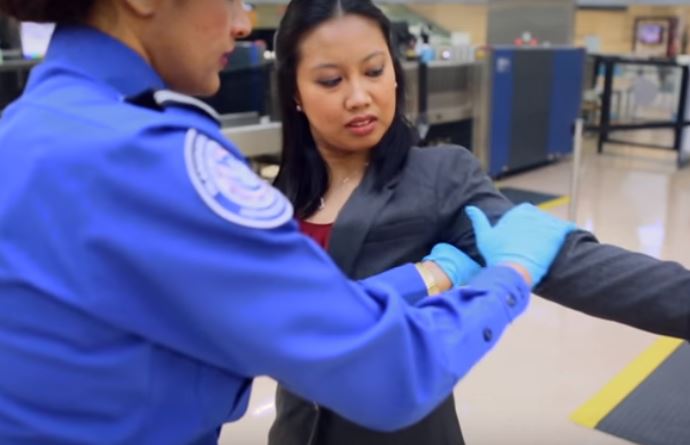
It’s not a good idea!
Nice try! Stick with the max 7!
Have you even considered this may be a smoke and mirror play by SWA? With dozens of rejected maxes Boeing has on hand they need to move them and SWA is most lickley giving off the appreance of a shopper to get better discounts on orphaned aircraft.
That thought did cross my mind. Given how integral they are to the success of the 737MAX (especially the MAX7), it could simply be a ploy to get a better deal.